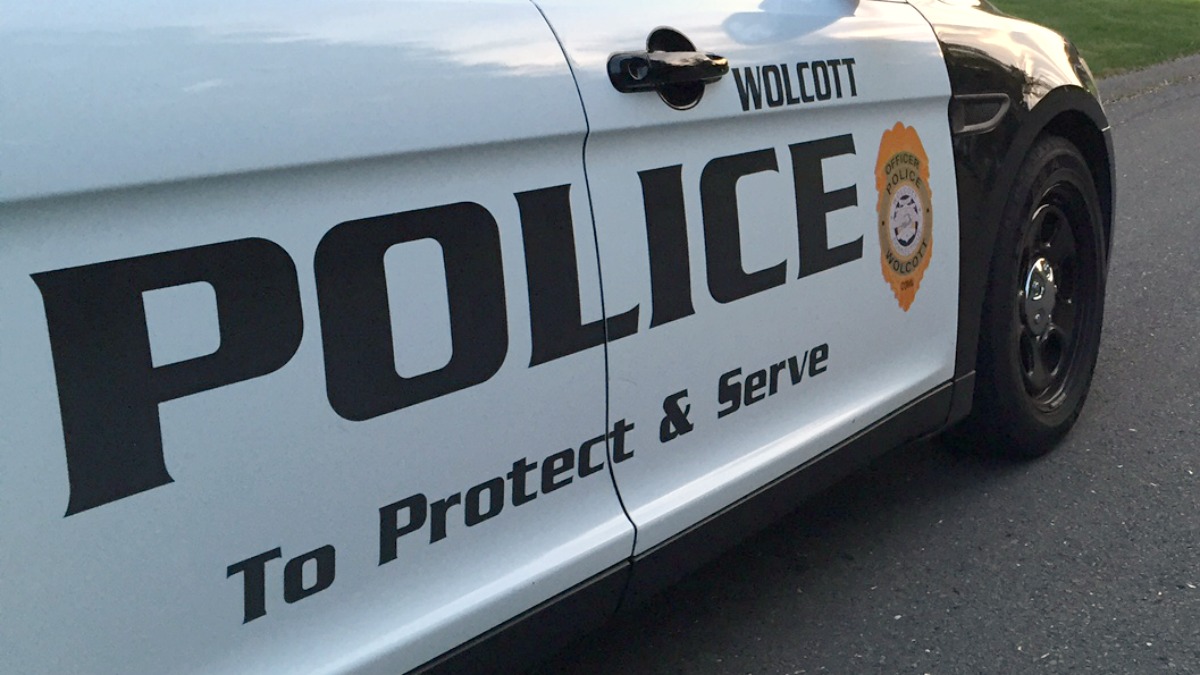After multiple settlements and years in an out of court over the last three decades, the state, city of Hartford, and Hartford parents say they have reached a settlement in the 1989 lawsuit over integrating the city’s public schools.
“In the struggle for justice we are accustomed to the fact that steps forward are accompanied by push back, steps backwards. Today in this courtroom we took a step forward,” said Elizabeth Horton Sheff, who initiated the lawsuit on behalf of her then 9-year-old son Milo. “In this kind of justice seeking one gets accustomed to the ups and downs. Today is an up.”
That step forward means hundreds more Hartford Public School students will have a seat in a magnet school as the settlement requires the state to open up more seats at both Hartford and CREC magnet schools.
There will also be financial incentives for suburban schools to increase the open choice program.
“I believe today that the people of Hartford, the people of this region, the people of this state won today and the students of Hartford won today,” said Connecticut Attorney General William Tong (D).
The race-based quotas are gone, replaced by socio-economic factors instead. Data will be used to ensure that incoming classes in most magnet schools will not be more than 60 percent low socioeconomic status.
“We think that using socio-economic background and data will enhance our ability to fill slots and encourage students to attend schools in this overall system,” said Tong.
Local
“It moves the needle forward from where we were a couple of years ago,” said the plaintiffs’ attorney, Martha Stone.
Carol Vinick and Tom Connolly sent their daughters to an integrated inner-city school in Hartford. They were part of the original 1989 lawsuit.
“It’s just too bad that those schools aren’t integrated anymore,” Vinick said of the Eisenhower school they attended.
When this suit was first filed 30 years ago, only 11 percent of Hartford students were in an integrated school system. Today, that number is between 44 and 49 percent. However, the plaintiffs said Friday the state hasn’t done enough and that’s why it came back to the courts.
“This has been a long haul, a very painful haul, because every time we don’t do this in time there’s another group of kids that are either in prison or in jail or don’t have a job because they didn’t get the adequate education they need,” said Connolly. “Every child should have that right, it’s a human right, quality integrated education is a human right.”
As the state moves to integrate Hartford school students, Governor Ned Lamont is pushing for more diversity at the front of the classroom as well.
“To me, it’s outrageous that half our kids are children of color and what is it, less than 10 percent of our teachers. These children need a role model,” said Lamont.
The state has two and a half years to remedy the situation. If it does the court will no longer oversee the case and the litigation will permanently be over.
Horton Sheff expressed doubt.
“We’ll be back to court. We’ll be back to court,” she said. “You see that when court oversight ends re-segregation occurs.”
BACKGROUND ON SHEFF V. O'NEILL
On July 9, 1996, the state Supreme Court issued its decision in the case, stating that students in Hartford public schools were racially, ethnically and economically isolated and that, as a result, students hadn’t been provided a substantially equal educational opportunity under the state constitution, article eighth.
A memorandum on the decision states that the Court recognized that the state had “not intentionally segregated racial and ethnic minorities in the Hartford public school system,” but “also recognized that the State had created local school districts, which it identified as the most important factor contributing to the concentration of racial and ethnic minorities in Hartford.”
The case led to the creation of an Education Improvement Panel as well as an "An Act Enhancing Educational Choices and Opportunities," legislation aimed at reducing racial, ethnic and economic isolation, as well as improving the quality of education throughout the State -- with an emphasis on improving urban education.



